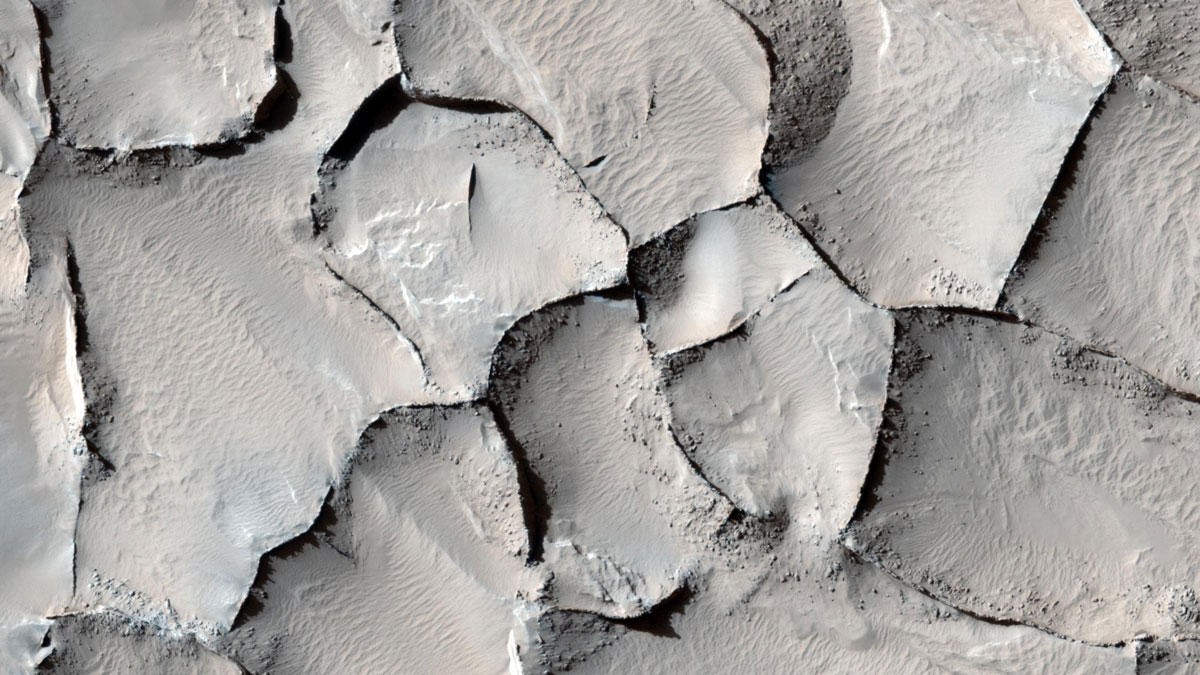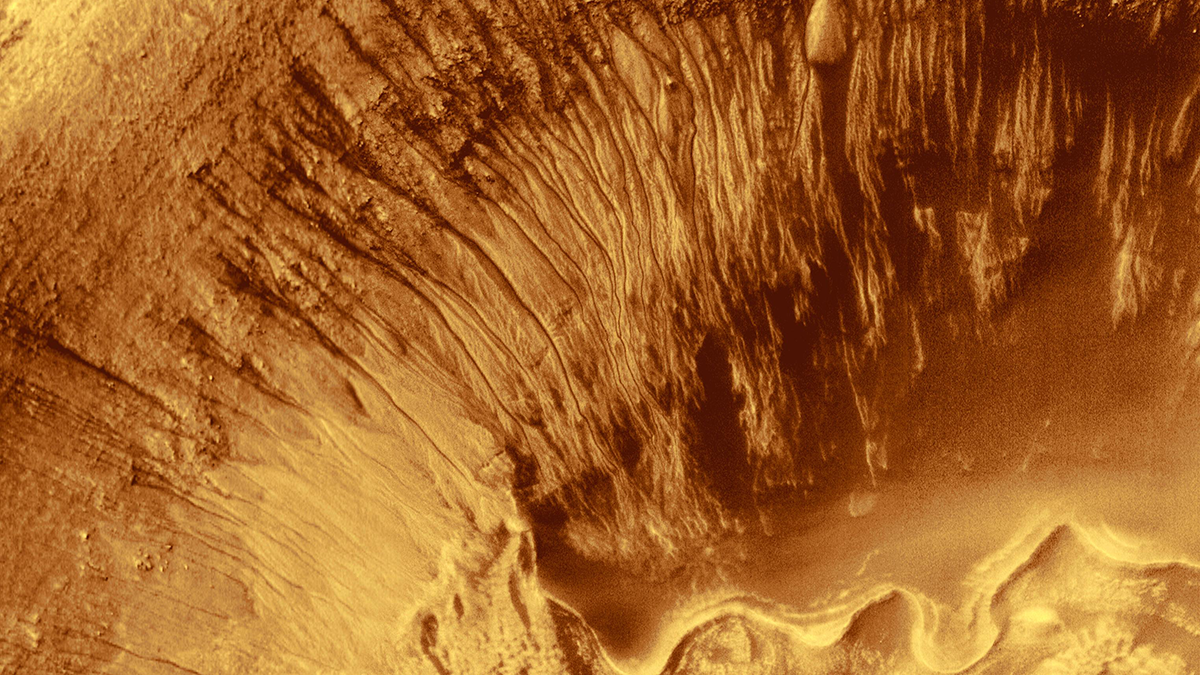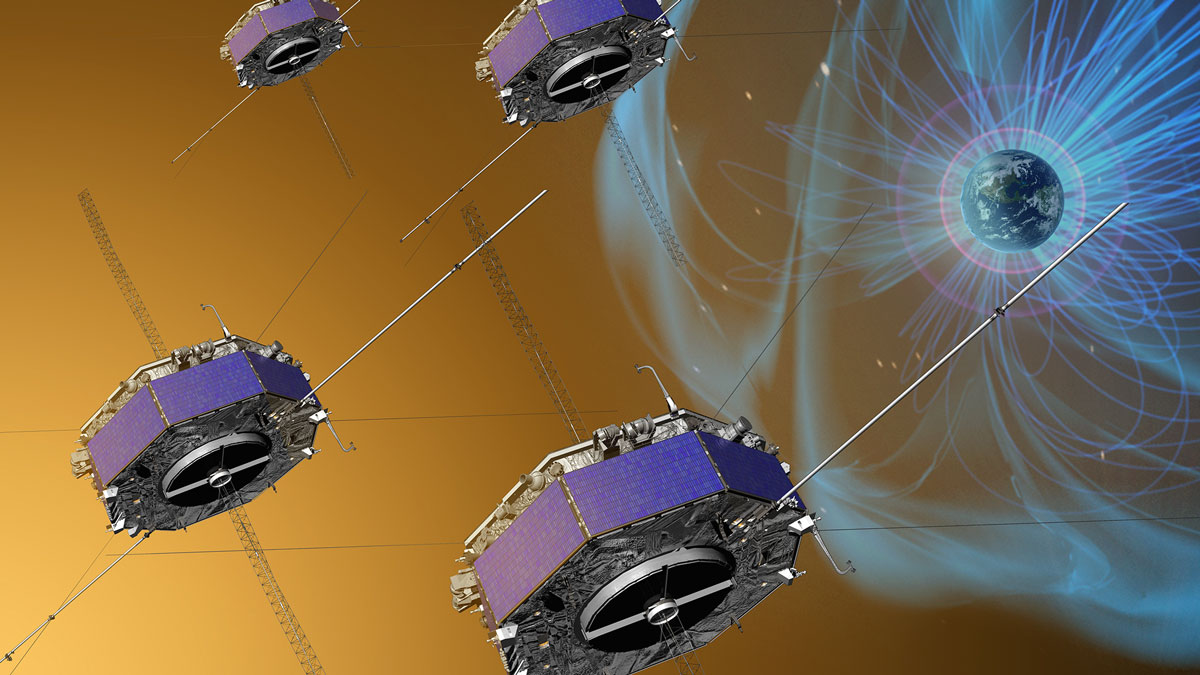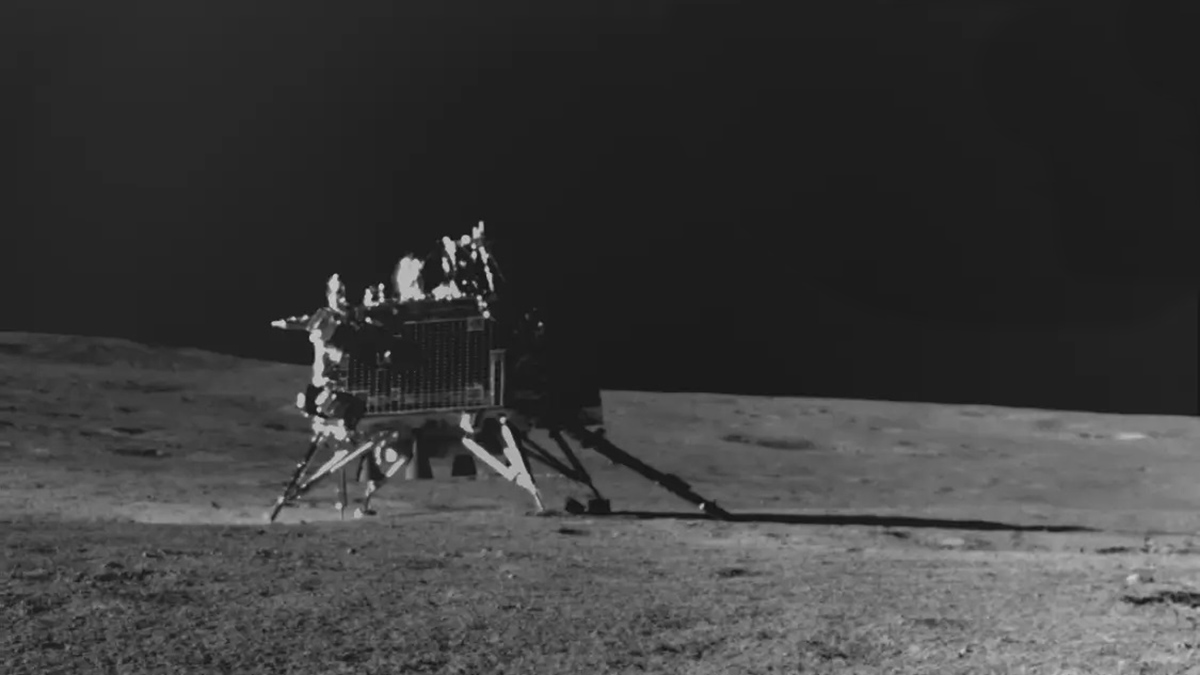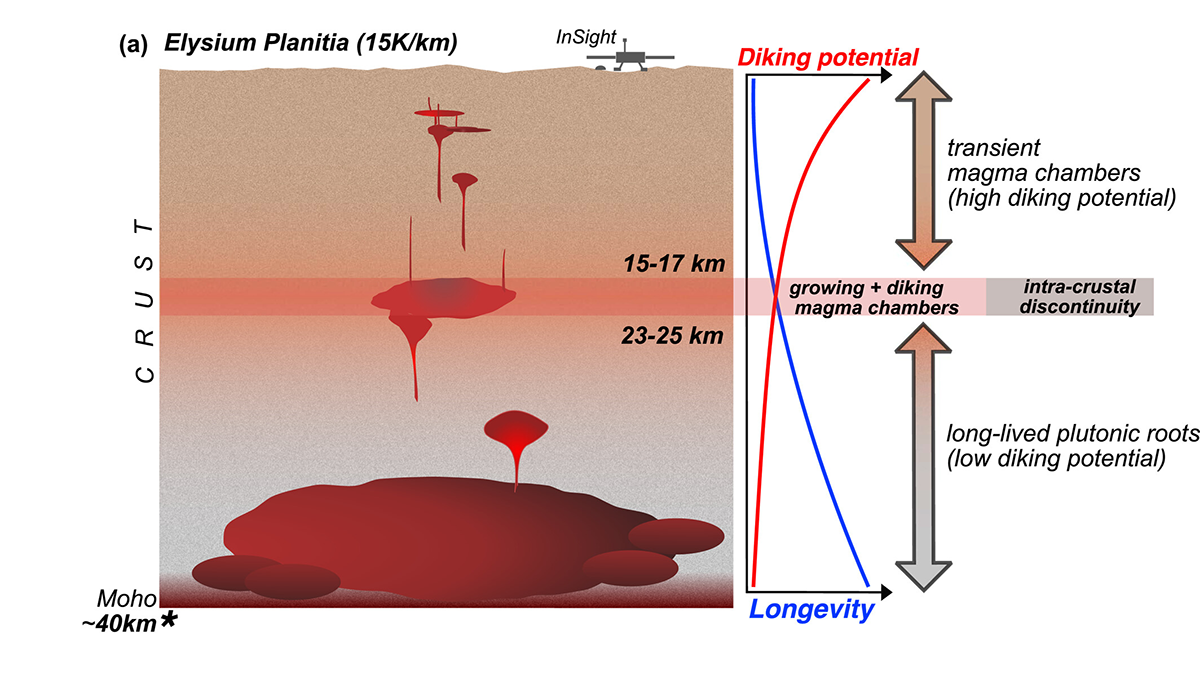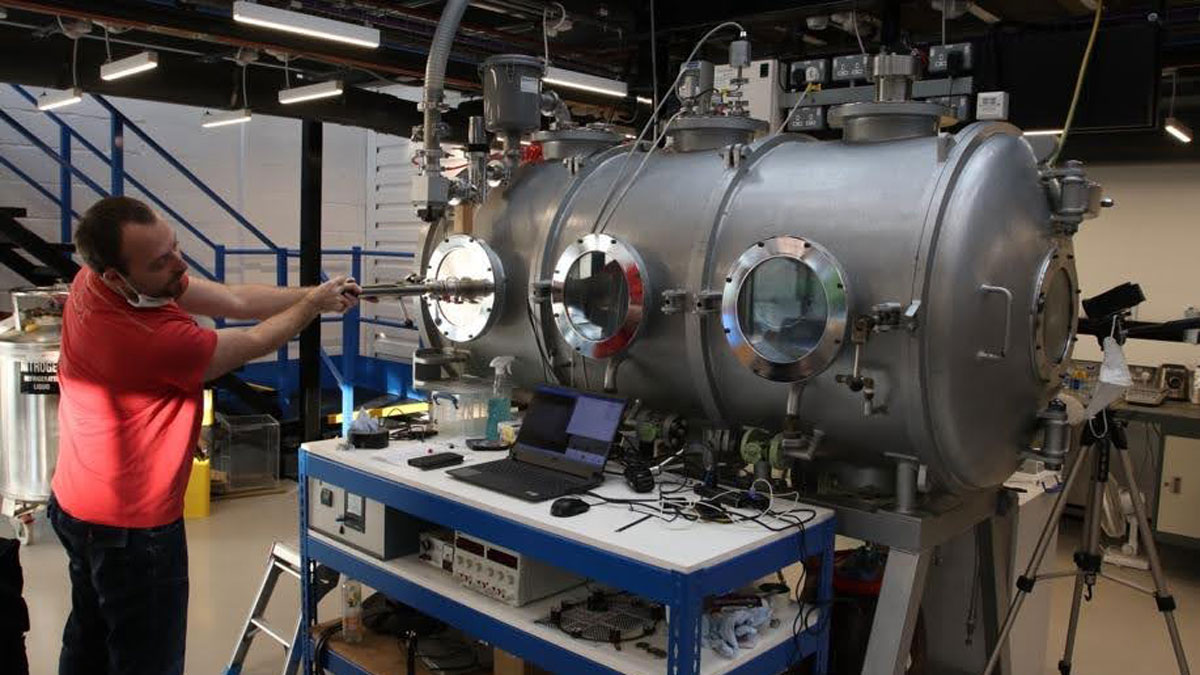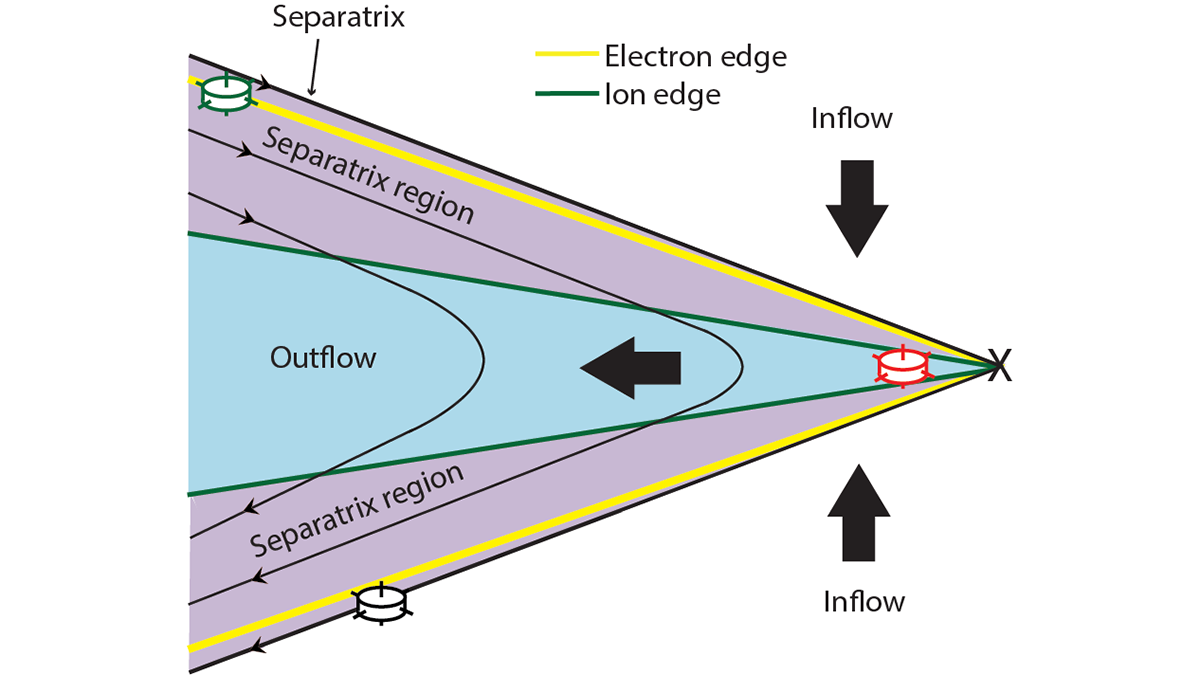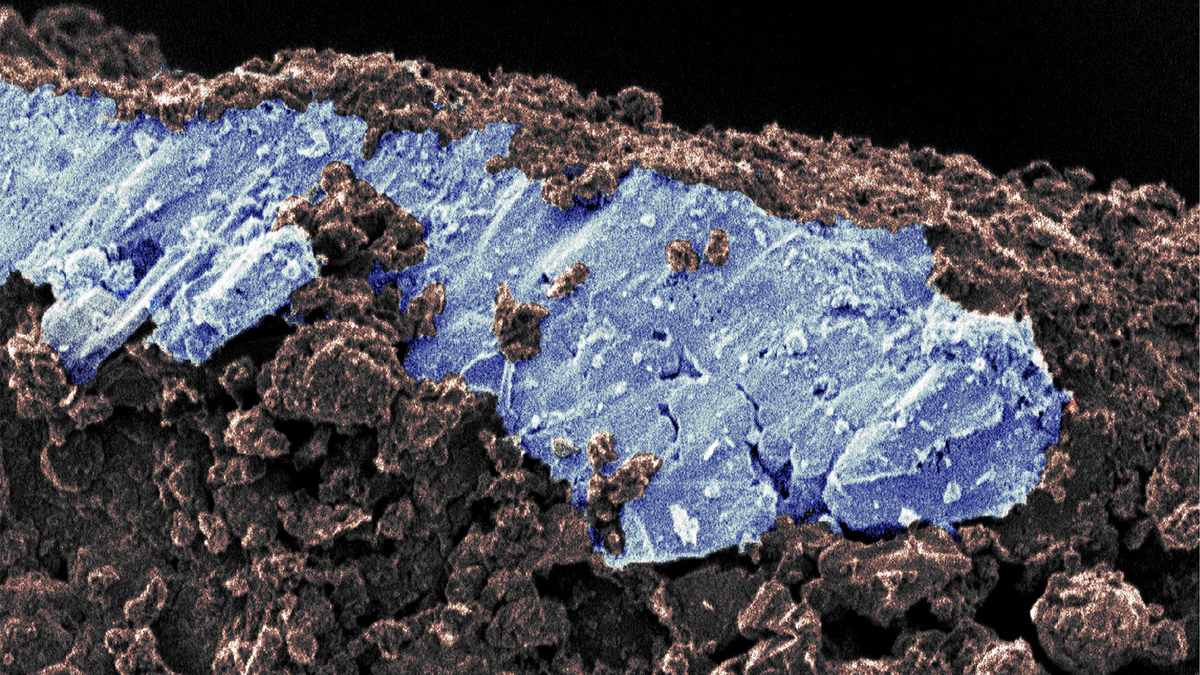Imagery of fractured terrain on Venus, Mars, and Jupiter’s moon Europa pinpoints environments influenced by water.
Space & Planets
Geophysics Sheds Light on Early Martian Water and Habitability
A new study uses inversions of orbital gravity and magnetic field data to argue for the presence of ancient, long-lasting hydrothermal systems on Mars.
NASA Science Faces an “Extinction-Level Event” with Trump Draft Budget Proposal
The initial draft of President Donald Trump’s budget request proposes devastating cuts to NASA’s science research, future space missions, and field centers.
New Insights into an Enigmatic Form of Magnetic Reconnection
A new study deepens understanding of magnetic field behavior recently discovered by NASA in Earth’s magnetosphere.
Lunar Ice Might Be Easier to Reach Than We Thought
An instrument aboard the Vikram lander suggests that buried water ice could be found at higher latitudes, making it more abundant and easier to extract than previously believed.
After 30-Year Search, Scientists Finally Find an Aurora on Neptune
The planet’s elusive aurorae are much colder than expected, which is how they evaded detection for so long.
Martian Magmas Live Long and Prosper
The depths, longevity, and potential to generate silicic compositions of magma chambers are linked to crustal temperature, which varies across Mars and over its geological history.
Salt May Be Key to Martian Mudflows
Mars probably has mud volcanoes, and salt might be the ingredient that keeps the flow going.
Fast Flows in Earth’s Magnetotail Surveyed by NASA Satellites
A survey of high-speed electron flow observed by NASA satellites in the Earth’s magnetotail is presented and related to the process of magnetic field line reconnection and particle acceleration.
Asteroid Samples Suggest a Solar System of Ancient, Salty Incubators
The discovery of salty mineral evaporites on Ryugu indicates that watery environments may have been widespread in the early solar system.

